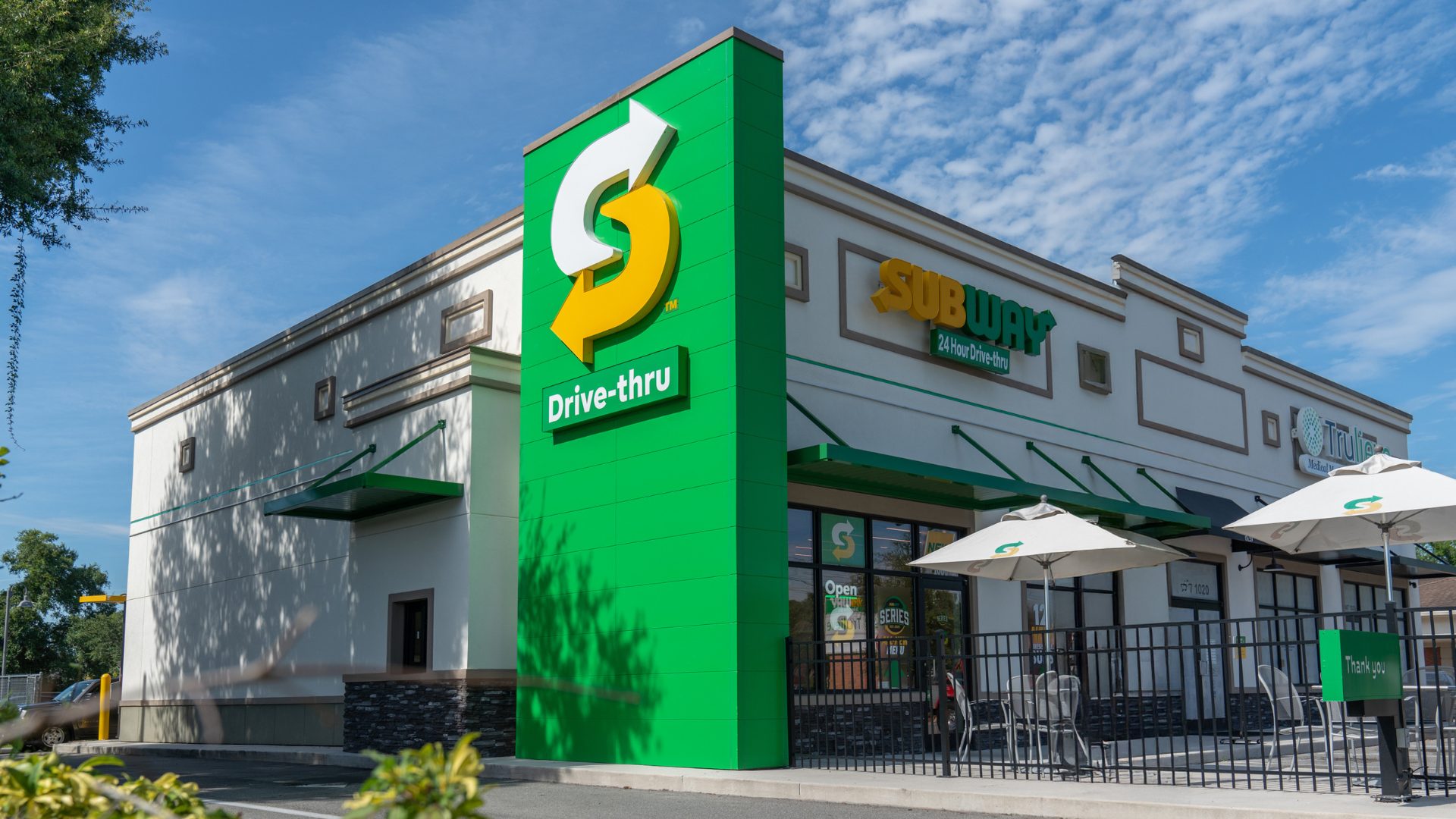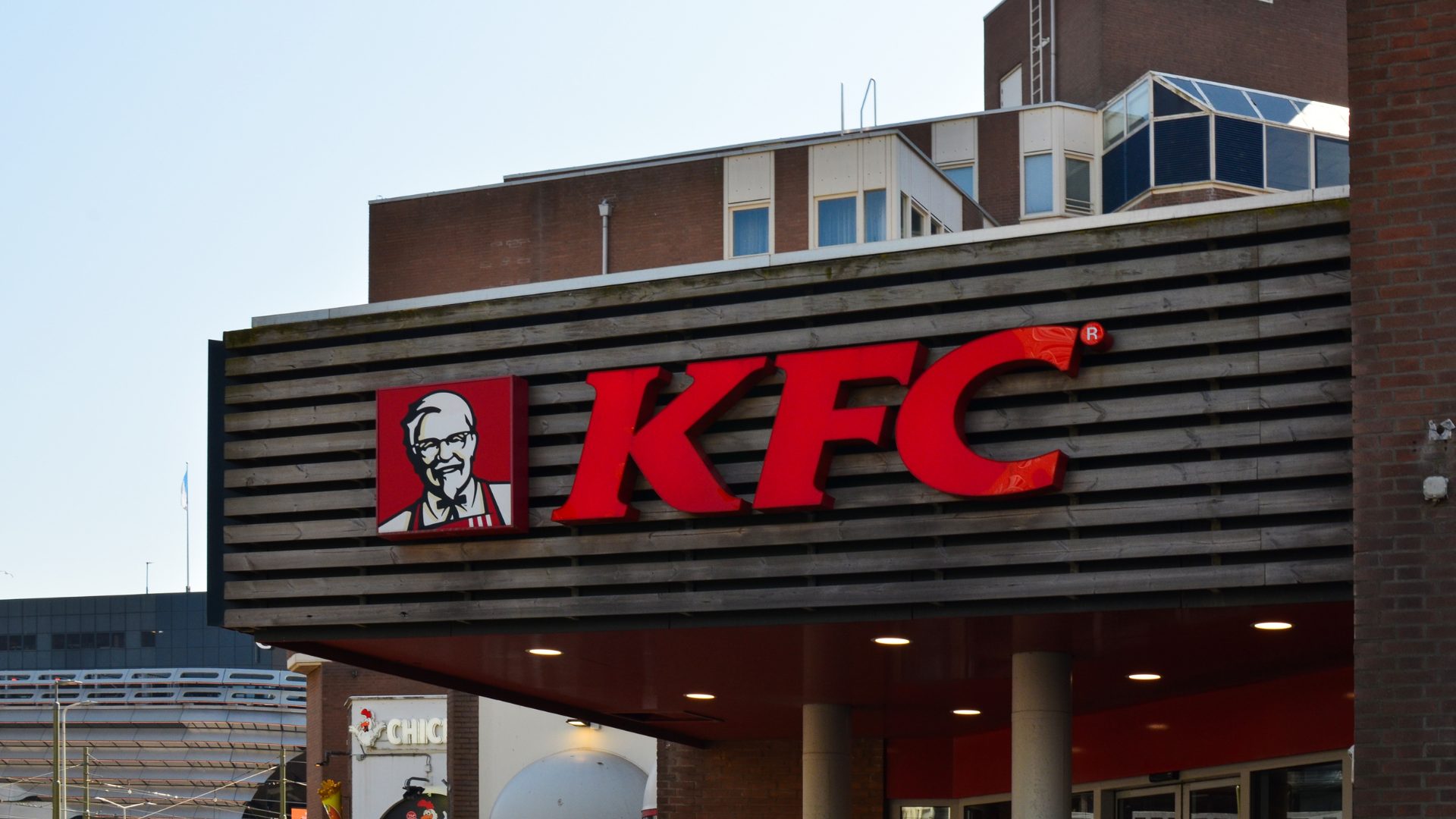To cook or not to cook, that is the question. But with grocery prices slowing their increase and restaurant prices rising at a faster pace, the question becomes whether consumers will opt to hone their kitchen skills once again.
Barclay’s analysts have said the early pandemic dynamic that initially had consumers experimenting in their kitchens flipped once restaurants reopened and take-out became all the rage, Bloomberg reported.
“Historically, FAH and FAFH [food at home and food away from home] had trended in line with inflation, allowing restaurants to protect their margin,” Barclay’s wrote. “From 2015 through 2020, FAH and FAFH diverged with restaurants taking more price, in an effort to mitigate outsized labor inflation, with restaurants more labor intensive.
“On the flip side, in 2021 and 2022, grocers have taken more price, in an effort to mitigate outsized commodity inflation, as grocers are more commodity intensive. And in March ’23, the trend once again reversed (and such prevails through June ’23), which we believe is a net negative for restaurants in terms of value perception relative to supermarkets.”
Time for Restaurateurs to Worry about Grocery Prices?
In June, the Consumer Price Index showed overall food inflation up 5.7% compared to a year prior, with food at home rising 4.7% – remaining steady with May’s level – and food away from home rising 7.7%.
The switch may be worrying restaurateurs, especially with the chance of a recession still in the offing.
A recent McKinsey & Co. report notes memories of the 2020 pandemic-induced recession still are all too fresh for the food industry, with many of the changes that COVID engendered lingering.
The pandemic reshaped the industry with a once-in-a-century disruption, the report said, continuing:
“The pressure facing restaurants has yet to abate, as the sector brims with new channels and new cost pressures. … Meanwhile, consumer attitudes are in flux, and a digital revolution is changing the way business is done.”
Supply chain woes, rising rents, labor market imbalances (the doubling of wage rate growth is often the No. 1 challenge cited by restaurants), and soaring inflation (at its highest rate since the 1970s) are all altering restaurant economics the report added.
History Repeating?
Brandon Tan, who grew up in a restaurant family, told The Food Institute he has seen shifts in consumer behavior before, with many diners opting for lunch specials, early bird discounts and shared meals to ease costs.
“As restaurant prices reach post-pandemic highs and grocery prices stabilize, cost-conscious consumers are likely to adapt their dining habits. While some may opt to dine out less frequently and return to cooking at home, others may seek more value-focused options at restaurants,” Tan said.
Cooking at home always has been less expensive than eating out, noted Bob Vergidis, founder and chief visionary officer at pointofsale.cloud.
“Those that would have pulled back on eating out and started to cook at home because of price increases have already done it. Plus, cooking at home has always been cheaper than eating out and the trend had already shifted showing that consumers were spending more at restaurants than in grocery stores,” Vergidis said.
The Food Institute Podcast
Can direct-to-consumer brands succeed in the food industry? Dr. James Richardson, owner of Premium Growth Solutions and author of Ramping Your Brand, returns to The Food Institute Podcast to talk through the challenges facing most food brands in the DTC space, and how an omnichannel approach may be the best way to ensure your food brand can grow successfully.












